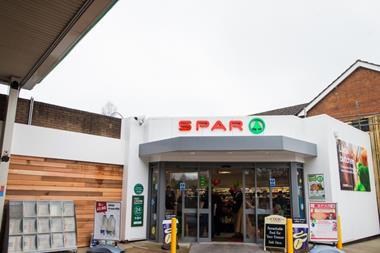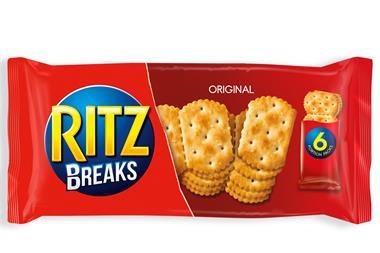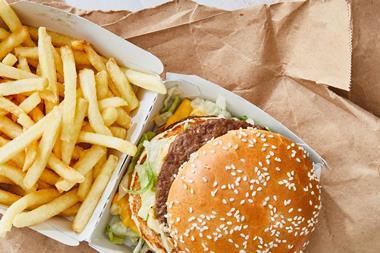There is a steady shift happening in retail. The inexorable rise of the big box superstore has halted and is starting to reverse. More importantly, smaller formats are gaining share.
I know this observation is hardly revelatory, but the implications are massive and the winners in the new era will be those who have adapted fastest. So far, the focus has been on the players most directly affected - the retailers - but suppliers need to get organised, too.
Put bluntly, the last generation of sales directors have in part made their careers by cutting sales costs, especially those associated with servicing the impulse channel. It was a no-brainer. As small stores withered in the face of the superstore juggernaut, the sales force costs associated with serving the channel could be cut. The smarter ones ensured the proceeds were reallocated into other value-driving initiatives. The more short-term ones put it towards temporarily flattering the profit line, but slowly losing it into funding price promotions.
In the new era, suppliers need to think really hard as to where to invest and I for one think there is a great case to re-tool the way we work with the convenience and impulse channels.
“I see correlations between snacking in the early 90s and biscuits now”
I can see many correlations between the snacking market in the early 1990s and the biscuit market today. Back in 1992, when I joined Walkers, there were two snack food categories in the convenience and impulse channels that had not been managed to the standards of soft drinks, confectionery and gum - namely salty snacks and biscuits.
Walkers invested heavily to change the crisp buying experience from closing one’s eyes and sticking a hand into a dark box of crisps to orderly displays on racks which, if I recall correctly, increased sales by 22%. Twenty years later, I see the same opportunity for biscuits.
I feel passionately that the biscuit category is the last frontier in terms of category development, and United Biscuits is determined to lead the process of achieving the same level of professionalism displayed by the other big convenience categories.
It is a truly unloved segment and one where top sellers are not always stocked. Amazingly, over 50% of outlets currently do not stock chocolate digestives - so by providing retailers with more support we will help them drive sales. We are investing an initial £3m in the channel - this includes the development of a 30-strong dedicated sales team, a new website for retailers, new pack sizes and price points, and recommendations on how to increase sales and work with our wholesale and cash & carry partners to drive the change.
While we at United Biscuits see a specific case for investment, I think the general case is true for everybody. These days, the investment doesn’t have to involve vast armies of people making calls but it will mean some form of people investment.
My former sales director at Walkers, Tom Kuzio, always said: “You’ve got to be seen to be sold.” As the convenience and impulse channel continues to grow, the suppliers who win will be those who figure out how to bring this simple truth to life.
Martin Glenn is CEO of United Biscuits



















No comments yet